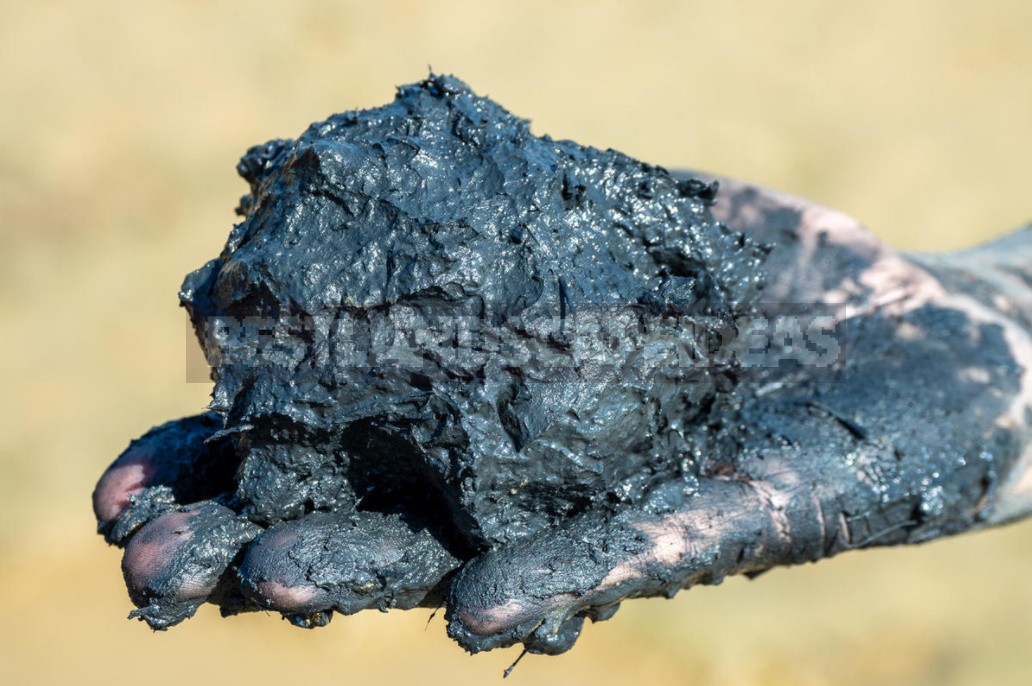
The gardener has stopped experiencing a shortage of modern fertilizers and all sorts of useful preparations for plants and soil: there is a huge selection in stores. However, there have long been, and with the development of organic farming, natural substances that improve soil fertility are becoming increasingly popular. One of these discreet treasures from the natural storeroom is sapropel. Let’s see what it is — and how to use it.
Miracle from the bottom of the lake
The beautiful word sapropel in Greek does not sound very attractive: “rotten silt” or”mud”. Another name, gittia (from the Swedish gyttja), has the same meaning — “silt”, “a substance formed at the bottom of reservoirs”. However, you should not “meet on clothes” and treat this fossil with disdain: such “dirt” is fraught with a lot of useful things.
Sapropel is one of the components used in peloid therapy (the fight against cellulite and excess weight with the help of healing mud). But mud treatment is only a small part of the possible scope of application of bottom sediments of fresh lakes. Research at the beginning of the last century showed that sapropel can be used to produce motor fuel, various types of technical oils, lamp gas, methyl alcohol, acetic acid, insulation materials and so on.

Of course, today fuel for cars and lamp gas from sapropel are no longer relevant, but modern physicochemists believe that this mineral will be useful for the production of building materials. In the oil and gas industry, it can be used as a component for well plugging and as a sorbent in oil spills, as well as for the production of biogas.
Sapropel and its derivatives are used in the cosmetic and pharmacological industries, for the production of feed additives in animal husbandry and, most interestingly, in the manufacture of fertilizers. This is probably the oldest area of application of bottom sediments.

What is sapropel?
Everything related to lakes, including the processes of formation, chemical composition and properties of sapropels, is the responsibility of limnologists – specialists in lake science. Sapropel is bottom sediments in fresh lakes formed from the remains of underwater organic matter, its decomposition products and minerals. For thousands of years, millions of living things and aquatic plants died off, and their particles sank to the bottom. Organic matter was added to the soil, washed away from the banks by rain and meltwater.

There, at depth, with a minimum amount of oxygen under the action of anaerobic bacteria, partial mineralization of organic matter occurred (and continues to occur), and as a result, sapropel was formed. The process is slow: according to scientists, the age of the oldest explored deposits is about 12 thousand years. Not all the mud at the bottom of reservoirs is sapropel. In most cases, this is just bottom silt.
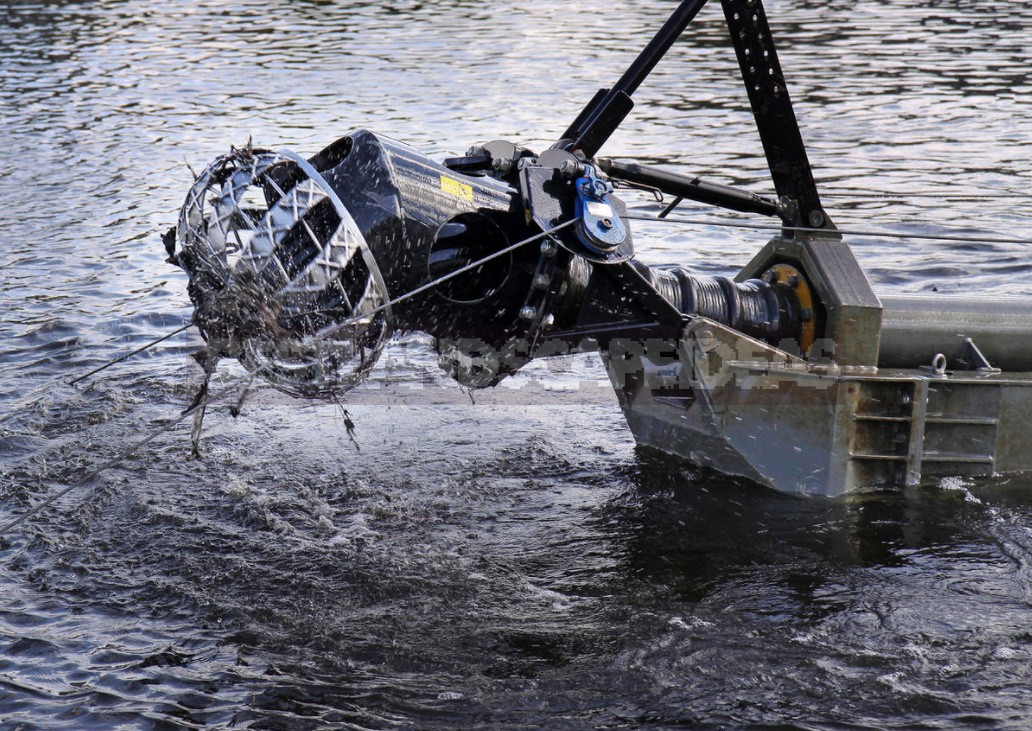
For the formation of sapropels, a combination of several conditions is necessary — standing water (to form an oxygen-free environment), sufficient depth and a long time. Therefore, sapropel is not formed in small ponds and rivers.
The extraction of this fossil is carried out with the help of dredgers. Then the bottom sediments are dried, frozen to obtain a loose structure, crushed into powder or granulated. When the lake is completely silted and shallows, sapropel begins to dehydrate and turn into peat.
Composition
The composition of sapropels can be different: it depends on the conditions of formation and the initial set of organic and mineral components. Certain chemical elements that make up the sediment affect the color: sapropel does not always have the appearance of black mud, it can be in different colors from pink to black.

In general, all sapropels are a composition of 3 main components: biologically active, organic and mineral. Depending on their proportions in the finished product, chemists distinguish 4 types of sapropels according to the predominant component in the composition:
- carbonate,
- ferrous,
- silica,
- organic.
For agriculture, the most valuable are dark-colored organic sapropels. They, unlike others, are low-ash, that is, ash (mineral non-combustible residue) in them is not more than 30%.

The organic part of sapropels consists of the remains of aquatic plants, zoo-and phytoplankton, benthos (a set of organisms living on the bottom and in the bottom soil) in various stages of decomposition, biopolymers, products of hydrolysis of organic polymers, humic substances. Biologically active component-from the products of the vital activity of microorganisms: amino acids, vitamins, hormone-like substances, alcohols, chlorophyll, enzymes, antibiotics.
The mineral part of the organic sapropel is represented mainly by oxides of silicon and calcium. And in addition, it contains various trace elements-almost half of the Periodic table: copper, cobalt, manganese, boron, bromine, zinc, iodine, molybdenum, vanadium, chromium, beryllium, nickel, silver, lead, arsenic, titanium, strontium and others.
Sapropel as a fertilizer
Although sapropels are referred to as fertilizers, but the main nutrients necessary for plants (nitrogen, phosphorus and potassium) are few in them. So, nitrogen is only no more than 8%, and potassium and phosphorus-tenths of a percent. Therefore, the use of sapropel will not replace the application of fertilizers containing the most important components of the nutrition of our green pets. Experts advise to use manure-sapropel mixtures, to make as a valuable additive in compost or to use sapropel mixtures enriched with mineral fertilizers.
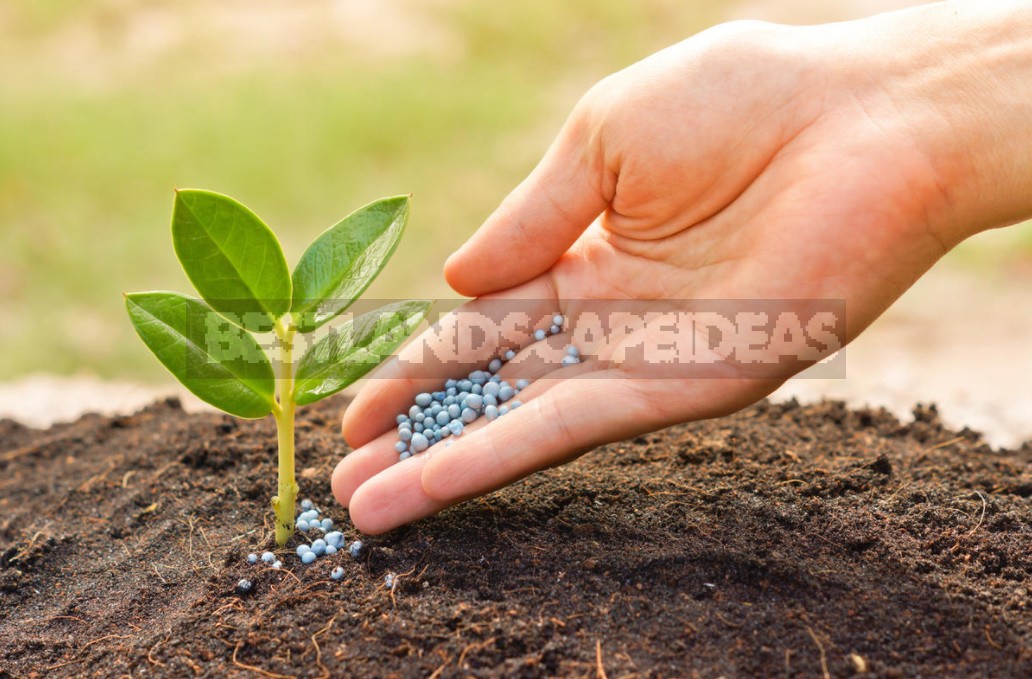
The main value of lake sediments is biologically active substances and trace elements. This useful additive is best used on “bad”, poor soils:
- for structuring and loosening the soil,
- for improving aeration and moisture retention,
- for activating soil microorganisms,
- for suppressing pathogenic flora and preventing plant diseases.
As mentioned above, sapropel replenishes the supply of trace elements in the soil. This is especially important when using only mineral fertilizers-without adding organic matter. In such a situation, there is often a shortage of microelements necessary for plants.
Humic substances contained in the lake fossil are natural growth stimulants. That is why soil mixtures for seedlings, which include sapropel, are considered one of the best. It is also recommended to add this substance to the planting pit for reliable survival of seedlings.
Sapropel is an improver of the soil
Despite all its benefits, sapropel should be considered primarily not as a fertilizer and nutrition for plants, but as a soil improver. So first of all, its use will be interesting to those who are concerned about restoring the fertility of the land on their site.
The effect of sapropel is prolonged for several years (experts say 5-10 years), so do not expect a sudden miraculous increase in the harvest in the same season. Although the conducted studies show that, for example, when applying about 100 tons of sapropel in a mixture with the required dose of mineral fertilizers per 1 ha of the field, the potato yield increases by almost 50%. When converted to summer beds, we get that to achieve such a result, 10 kg of sapropel of natural (60%) humidity should be added to each square meter of potato plot. Well, do not forget about fertilizers.

Sapropel does not work wonders, and its use will not replace other agricultural measures. But, used in combination with other organic and mineral fertilizers, it will help restore and maintain soil fertility in the garden and in garden beds. Also, a sapropel supplement in the diet will be gratefully received by decorative garden and indoor plants.


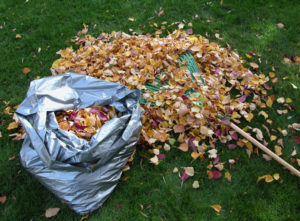
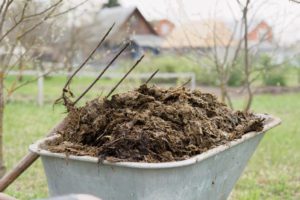
Sapropel is an ingredient that can be found in most of the expensive soaps and skin care products. But what exactly does it do? It provides moisture to your body by going deep within the pores, preventing dryness on top layers of skin. There are a few ways you should use this great product: as a mask for your face or even hair; used sparingly with other heavy moisturizers such as lotion or milk; applied under clothing like underwear after showering (do not forget to apply soap); add two teaspoons into bath water before soaking in hot tubs/pools—the water will… Read more »